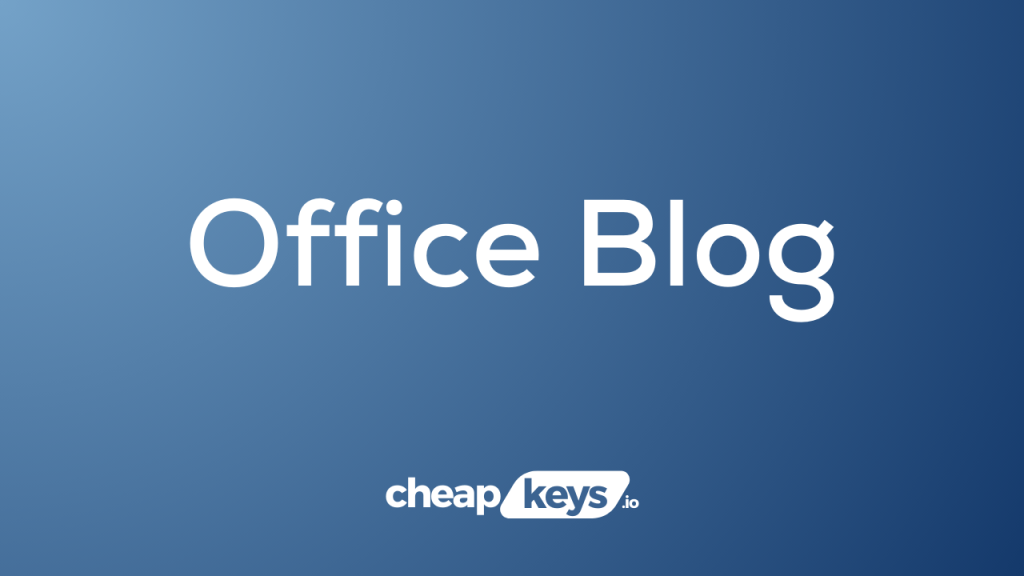Microsoft Excel is constantly evolving, introducing new features that enhance data visualization and usability. One of the latest additions is the IMAGE function, which allows users to insert pictures directly into cells using URLs. This function is a game-changer for anyone who wants to integrate images into their spreadsheets for better data representation, branding, or visual analysis.
In this guide, we’ll explore how to use Excel’s IMAGE function, its syntax, practical applications, and best practices.
What is the IMAGE Function?
The IMAGE function in Excel allows you to insert and display an image in a cell using a URL. Unlike pasting images manually, this function keeps the images within the cell structure, making spreadsheets more organized and functional.
Syntax:
=IMAGE(source, [alt_text], [sizing], [height], [width])
- source (required) – The URL of the image.
- alt_text (optional) – Alternative text for accessibility and search.
- sizing(optional) – Defines how the image fits in the cell.
0– Fits the image inside the cell, maintaining the aspect ratio (default).1– Stretches the image to fit the cell.2– Keeps the original size of the image.3– Custom height and width.
- height (optional) – The image height (only used with sizing
3). - width (optional) – The image width (only used with sizing
3).
How to Use the IMAGE Function in Excel?
1. Insert a Simple Image
To insert an image into a cell, use the URL of the image:
=IMAGE("https://example.com/sample-image.jpg")
This will display the image within the selected cell, adjusting it to fit while maintaining aspect ratio.
2. Add Alternative Text for Accessibility
Including alternative text ensures that screen readers and users with accessibility needs can understand what the image represents:
=IMAGE("https://example.com/sample-image.jpg", "Company Logo")3. Adjust Image Sizing
You can control how the image appears using the sizing parameter:
=IMAGE("https://example.com/sample-image.jpg", "Company Logo", 1)This will stretch the image to fit the entire cell.
4. Set Custom Dimensions
If you want precise control over the image size, use sizing option 3:
=IMAGE("https://example.com/sample-image.jpg", "Product Photo", 3, 100, 150)This will resize the image to 100 pixels in height and 150 pixels in width.
Practical Applications of the IMAGE Function
✅ Product Catalogs & Dashboards
E-commerce businesses can use the IMAGE function to dynamically display product images alongside pricing and descriptions.
✅ Company Branding
Add your company’s logo or team member photos in Excel-based reports and presentations.
✅ Inventory Management
Store images of items in an inventory sheet, making it easier to track products visually.
✅ Data Visualization & Reports
Enhance your reports with relevant icons or images, improving readability and impact.
Limitations & Best Practices
🔹 Works with Online Images Only – The function requires a direct image URL; you cannot insert local files.
🔹 Ensure Image Accessibility – Always include alt text for better readability.
🔹 Use Proper Formatting – Adjust cell sizes to fit images appropriately.
🔹 Consider Alternative Methods – For local images, you can still insert them manually using “Insert > Picture”.
Get the cheapest Office keys with instant delivery and hassle-free activation—upgrade your productivity today!


